

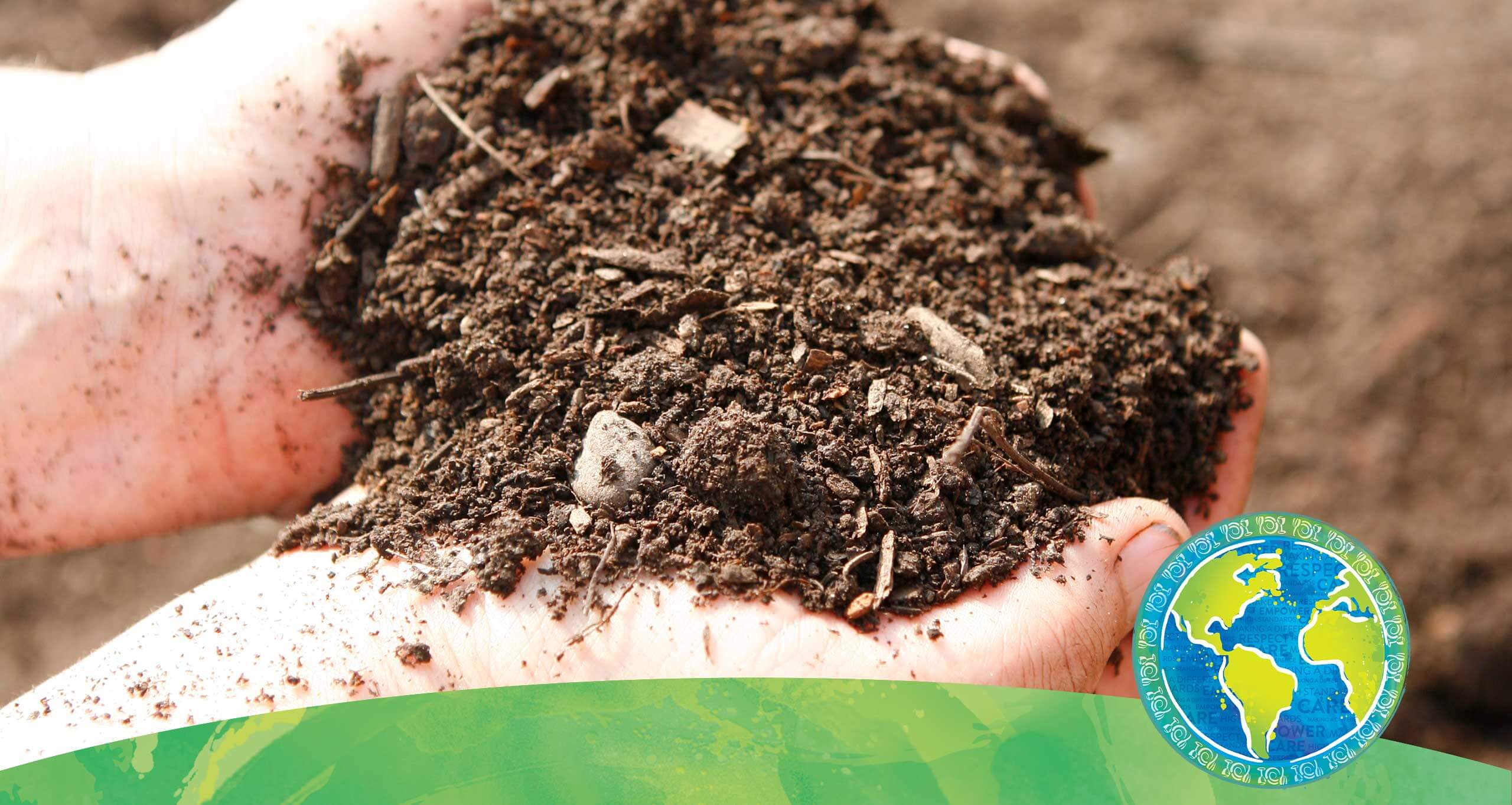

At Wegmans, we are committed to regenerative agriculture. We believe a farm is an ecosystem, an interconnected whole that requires each part—soil, air, water, plants, animals, and humans—to work in harmony. Only then can a farm be environmentally, economically, and socially sustainable. Achieving harmony and balance in a farm system requires a blend of ancient wisdom, modern methods, and back-to-basic farming principles.
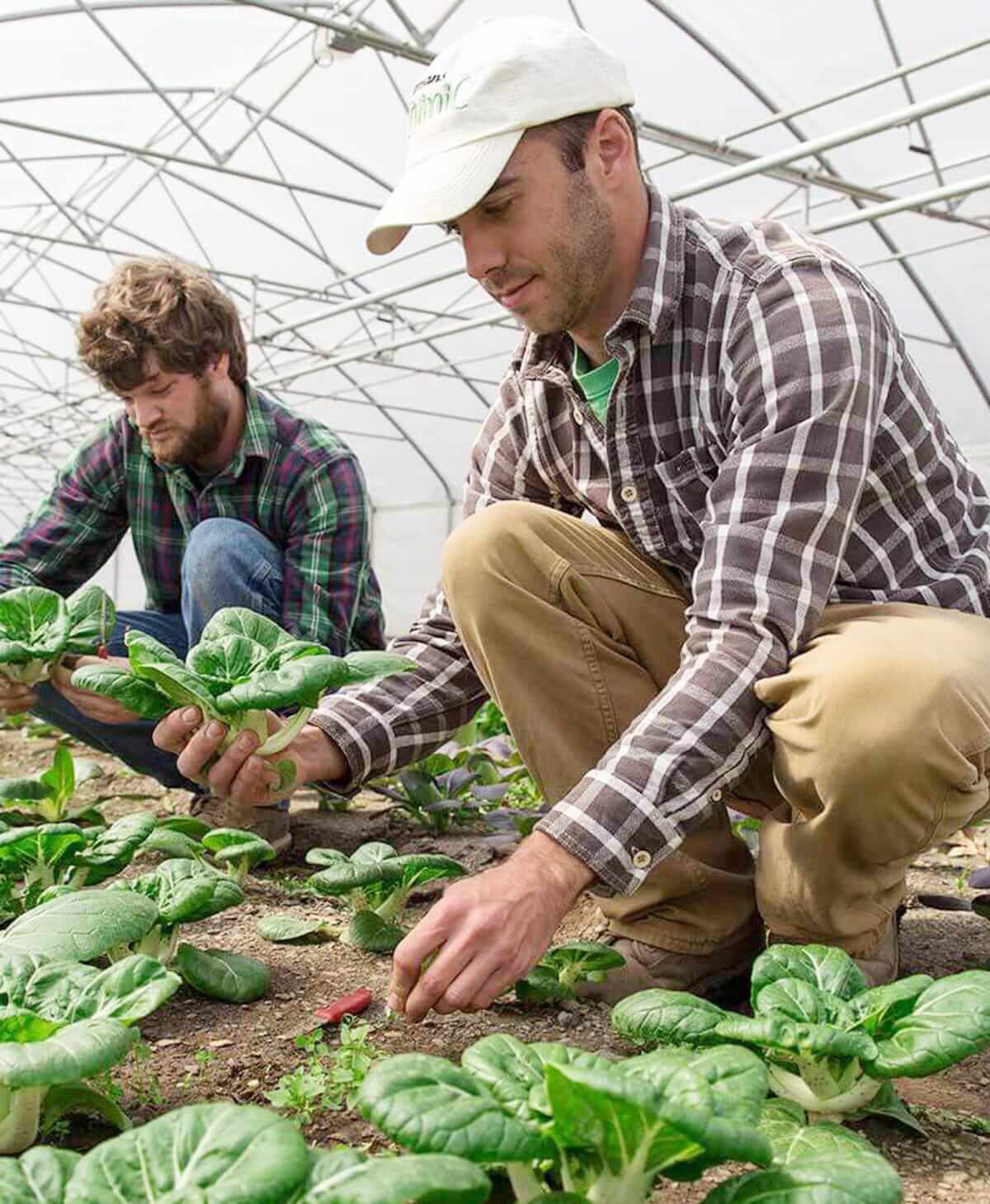
Our Farming Principles
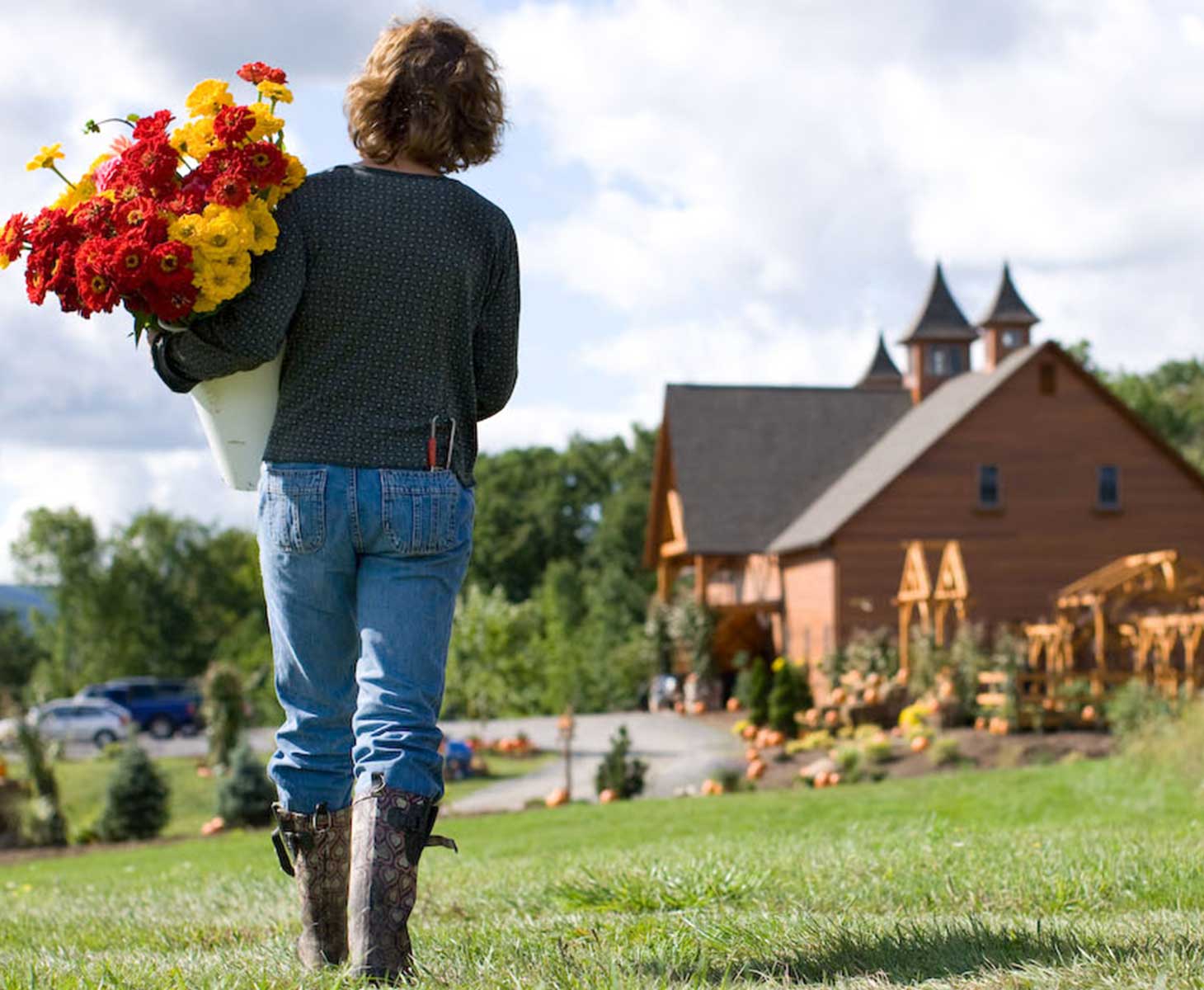
Together, these principles help create a highly self-sufficient farm that is minimally dependent on imported materials and uses the waste from one part of the farm as the energy for another, creating a truly sustainable farm. We live by these principles at the Wegmans Organic Farm and Orchard and have created a trusted partner network of more than 125 family farms that share our values, whether using conventional, organic or other growing methods.
The Wegmans Organic Farm has its own beekeeper and apiary with 20 honeybee colonies! Taking care of pollinator populations on our farm, especially honeybees, is critical to the success of the produce and our flowers grown at the farm.
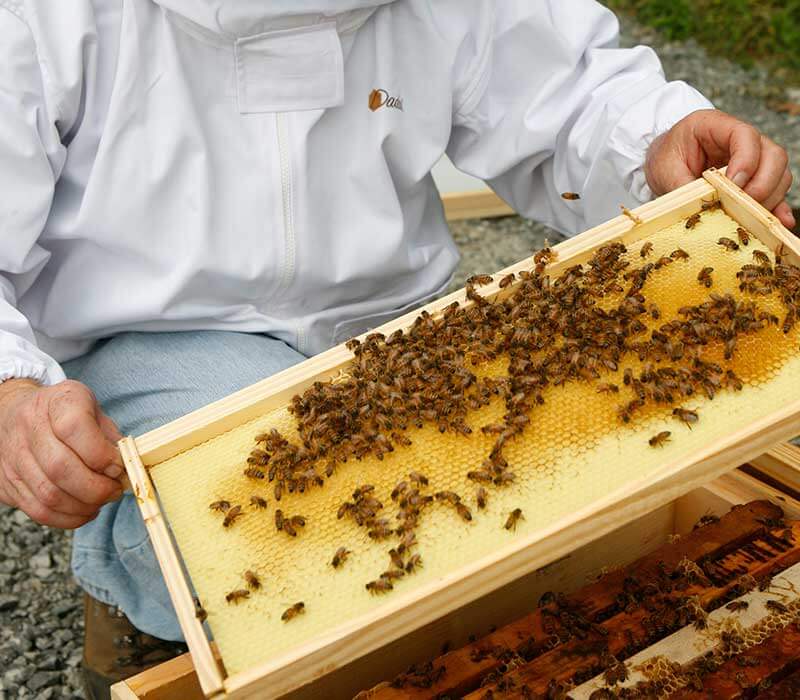
Great-tasting organic produce that is grown sustainably starts with developing healthy soil. Taking care of our soil through regenerative agriculture practices helps with the longevity of the farm and is an investment for future generations. It also helps to create a healthier, better planet by restoring topsoil, improving water conservation, increasing the likelihood of pollinators, and drawing more carbon out of the atmosphere.
There are three primary regenerative agriculture practices that have the greatest impact on our soil. We call them the Three Cs of Soil Health.
1
Feed the soil to feed the plants
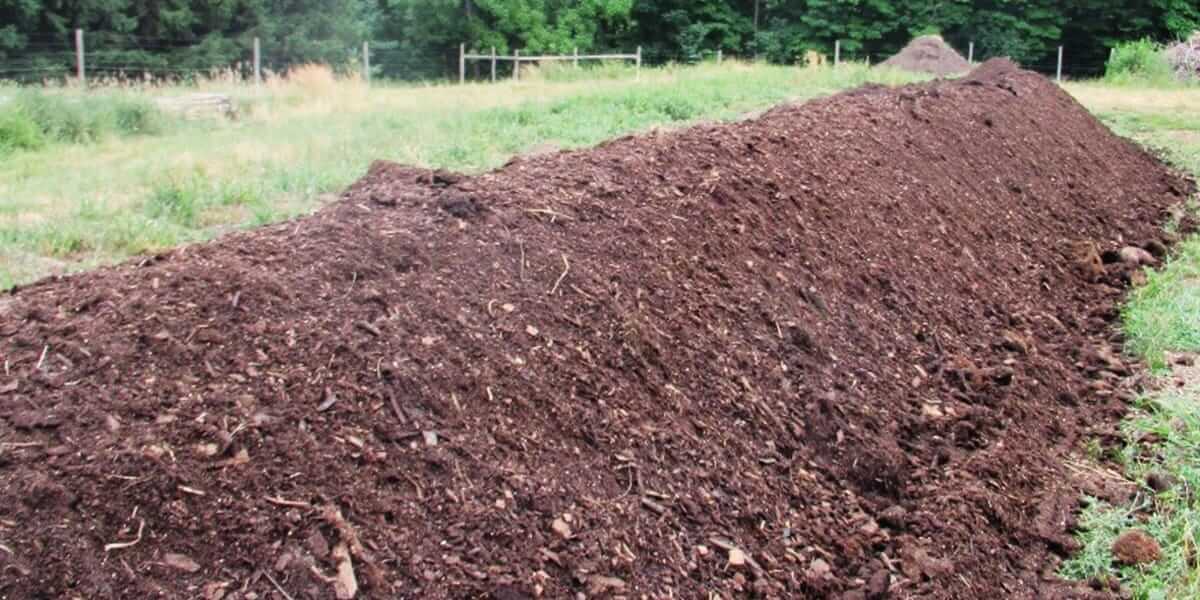
Compost replaces nutrients that have been removed from the soil when harvesting and weeding. Think of it like your weekly grocery shopping—when the shelves in your fridge are bare, you head to the store to fill them back up. When the plants eat up all the nutrients in the soil, compost replenishes the nutrients for future plants to grow and thrive. Composting at the farm is a blending of art and science to create the best conditions for decomposition. We recycle and reuse scraps from our farm and orchard to create nutrition, and soil nutrition translates to plant nutrition. Millions of microorganisms help break down the soil nutrients to feed the plants. They do all the heavy lifting, breaking down large pieces of material to make nutrients easily accessible for our plants to take in, which makes the soil more fertile.
+ Read More
2
Rejuvenate the soil to help it to feel its best
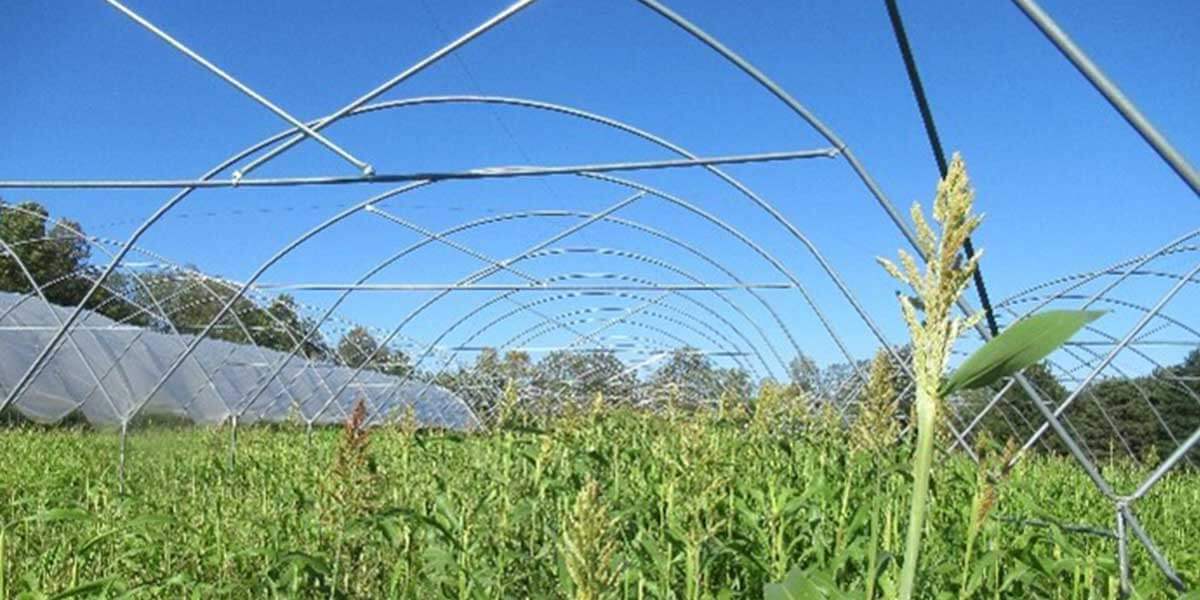
Adequate sleep allows us to feel our best. Our soil needs a rest, too. Planting crops that give back to the soil, such as peas and oats, nourishes the soil, like our bodies are nourished when we sleep. This is different from the crops that we grow to harvest, as they use the soil’s energy, like how we use our own energy during the daytime. Cover crops build soil fertility, help control disease, and prevent weeds. They also create a pollen source for insects during a time when there would not usually be one. If you don’t plant cover crops, you can increase soil erosion and decrease the microorganism population. At the farm we often use rye, peas, oats, or buckwheat as cover crops, each of which provides different benefits to the soil.
+ Read More
3
Build the quality of your soil each year
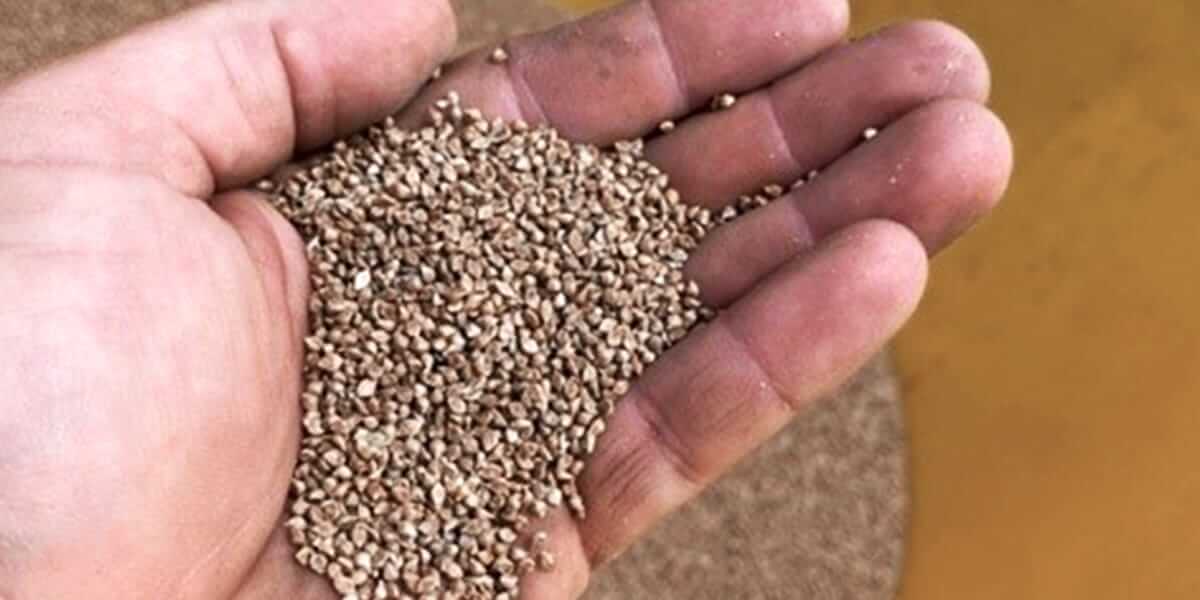
At Wegmans, we love our veggies, and we all know that variety is the spice of life. By eating many different fruits and veggies of different colors, we give our bodies many different nutrients. The same goes for plants. If we plant the same crop in the same plot, year after year, the soil gets tired and depleted. By varying the types of crops we plant in each plot, we are able to maintain healthy soil and healthy plants by giving them more diverse nutrients. This year, we are planting winter squashes and onions where cover crops were planted last year. Japanese millet was planted in the spring, tilled in during the summer, and peas and oats were planted in the fall.
+ Read More
Heritage varieties of grain, like the wheat we grow on the farm, can be taller than many modern varieties and therefore yields so much more straw. We harvest the seeds of wheat to be made into flour and chop and lay the stalks (straw) to be baled for farm uses like our compost.
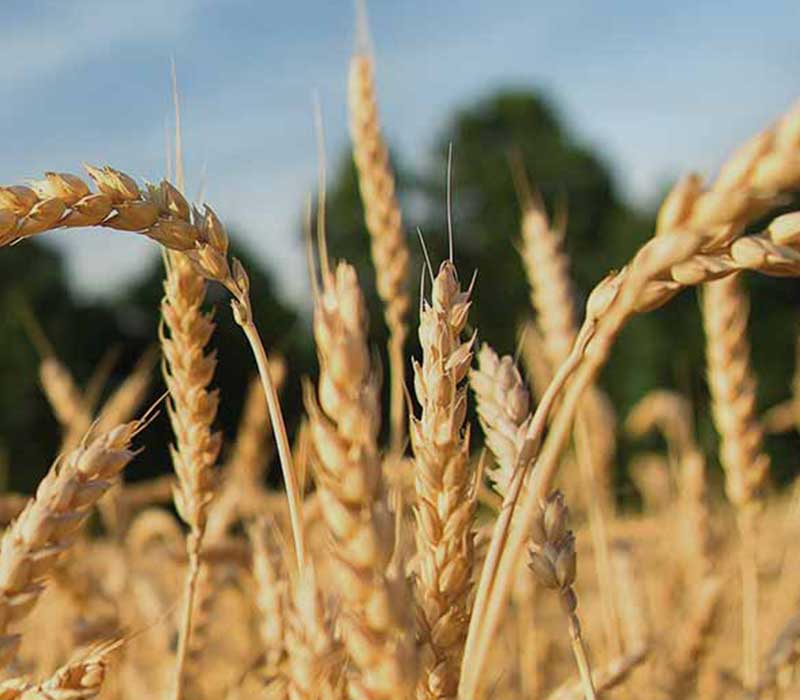
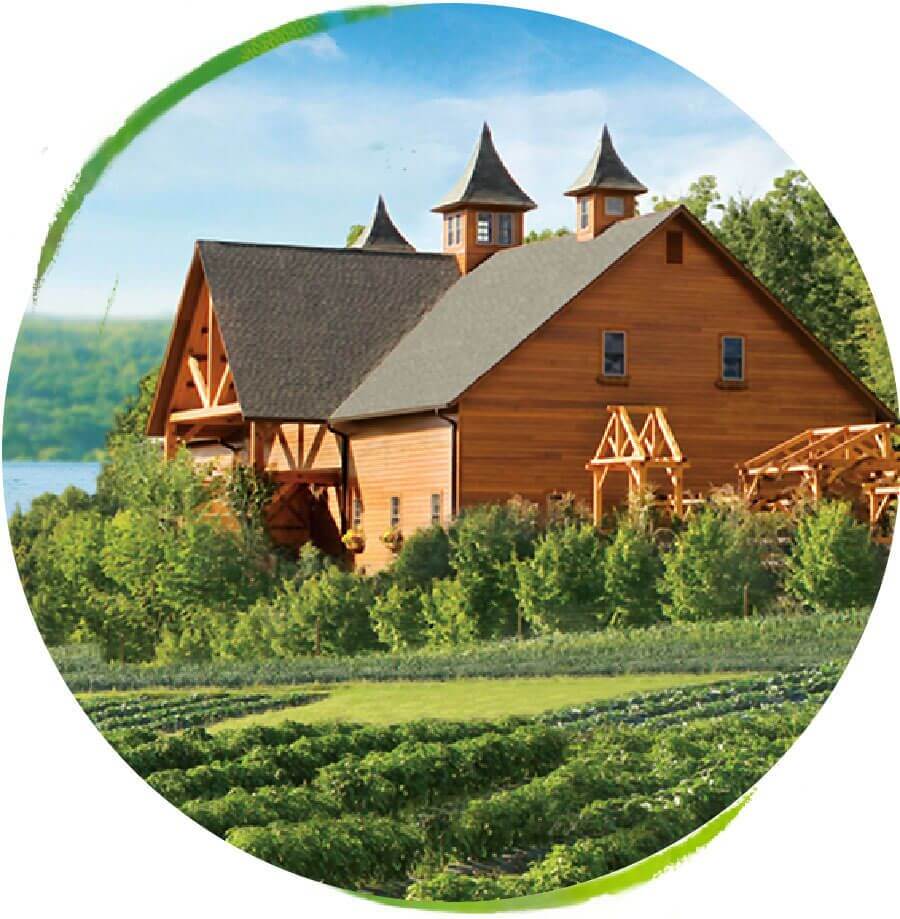
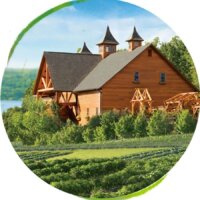
The Organic Farm is our center of sustainability for the company. Using the farm’s innovation and development, we’re able to share what we’ve learned with our partner growers to help them become more sustainable as well. In 2023, the farm is committed to eliminating 8,000 pounds of non-recyclable plastic from landfill, eliminating three non-recyclable products, and reducing carbon emissions.
